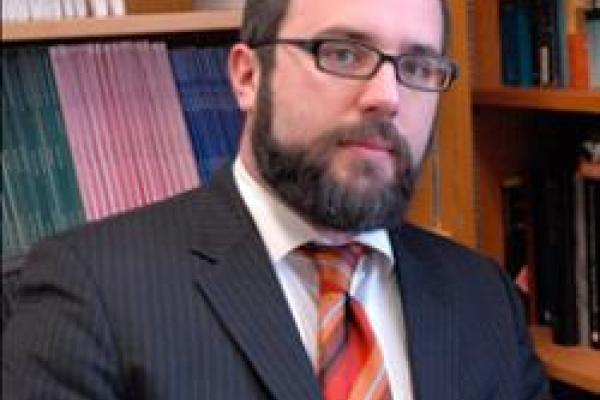
Abstract
This paper describes a network approach to gun violence that seeks to explain not just the unequal distribution of gun violence across geographic space, but, in fact, a more severe concentration of gun violence within social networks. Using six years of data on gunshot victimization and arrests in Chicago, this study reconstructs patterns of co-offending for the entire city and locates gunshot victims within these networks. Results indicate that 70 percent of all nonfatal gunshot victims during the observation period can be located in co-offending networks comprised of less than 6 percent of the city’s population. Results from logistic regression models suggest that as an individual’s exposure to gunshot victims increases, so too do that individual’s odds of being a victim. Even small amounts of exposure can dramatically increase the odds of victimization. For instance, if 1 percent of one’s associates are victims, there is a 1% increase in the odds of victimization, compared to someone with no exposure to victims. In a similar vein, a 10% exposure to gunshot victims in one’s network is associated with a 12% increase in the odds of victimization, while 50% exposure is associated with a 77% increase in the odds of victimization, holding all else fixed. These observed associations are more pronounced for young minority males, and effects of exposure extend to indirect associations at distances of two to three steps removed. All of the results hold even when considering more traditional "risk factors" such as age, race, gender, geography, and gang membership. Preliminary results from other cities will also be discussed. These findings imply that the risk of gunshot victimization is more concentrated than previously thought, being concentrated in small and identifiable networks of individuals engaging in risky behavior, in this case criminal activity.
In recent years, the violent crime rate has dropped to near record lows. At the same time, there has been an explosion in the number of private citizens who obtain a license to carry a concealed firearm in public. There are now nearly eight million people with concealed carry permits nation-wide, and yet little is known about how they think about crime, threat, and self-defense. An analysis of in-depth interviews with 36 concealed handgun license holders in Texas suggests that while concealed-carry instructors explain threat in ostensibly race-neutral, colorblind language, license holders themselves utilize racialized and classed understandings of crime as they navigate public spaces. As this research makes clear, the way that license holders think about crime and victimization, including differences in how men and women explain threat, is a critical component in understanding the social implications of an armed citizenry.
Lecturer
Andrew V. Papachristos is an Associate Professor in the Department of Sociology at Yale University, a faculty fellow at the Center for Research on Inequalities and the Life Course (CIQLE), and a faculty affiliate at theInstitution for Social and Policy Studies (ISPS) at Yale University. His research focuses on social networks, neighborhoods, street gangs, and interpersonal violence. Most recently, Papachristos was awarded an NSF Early CAREER award to examine how violence spreads through high-risk social networks in four cities. He is also currently involved in the evaluation and implementation of several violence reduction strategies, most notably the Project Safe Neighborhoods and the Group Violence Reduction Strategy in Chicago. His writing has appeared in Foreign Policy, The American Journal of Sociology, City & Community, The Annals of the American Academy of Social and Political Science, The American Journal of Public Health, The Journal of Urban Health, Criminology & Public Policy, Journal of Quantitative Criminology, and several edited volumes and other peer-reviewed journals. In addition, he is the most recent recipient of the American Society of Criminology’s Ruth Cavan “Young Scholar” award given each year to the most outstanding scholar who was granted a Ph.D. within the previous 5 years. He received his Ph.D from the University of Chicago.
